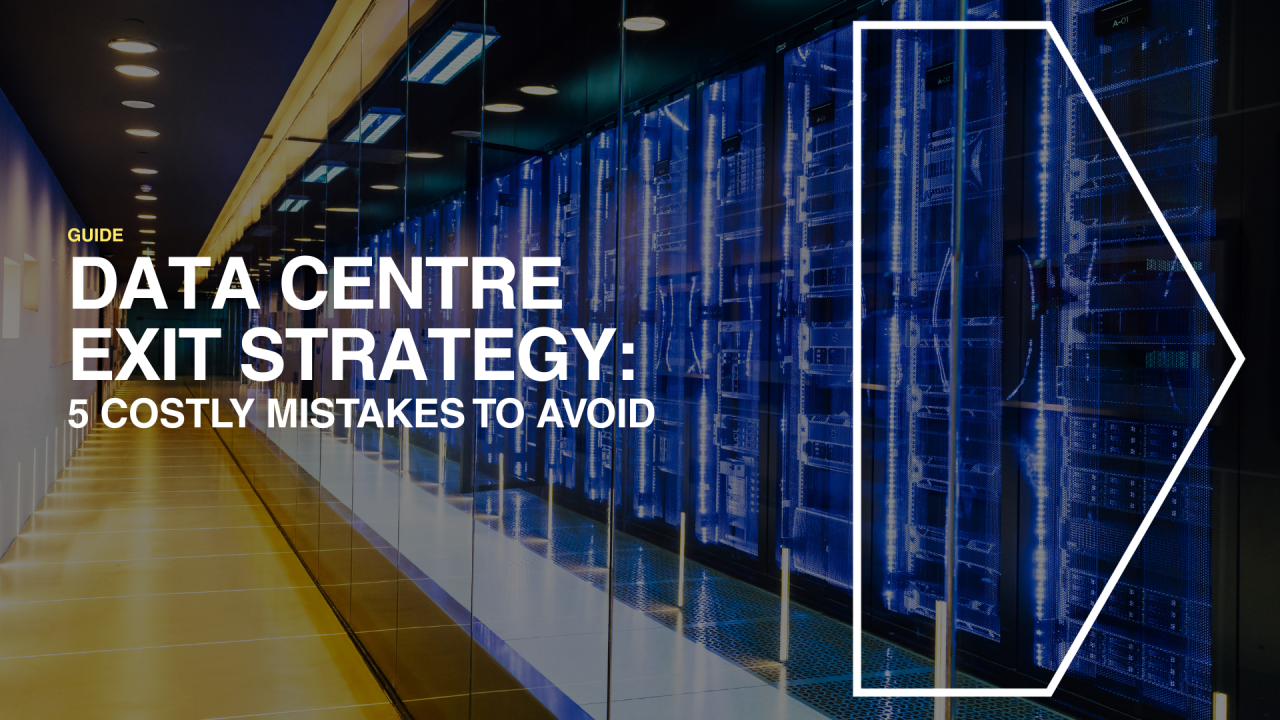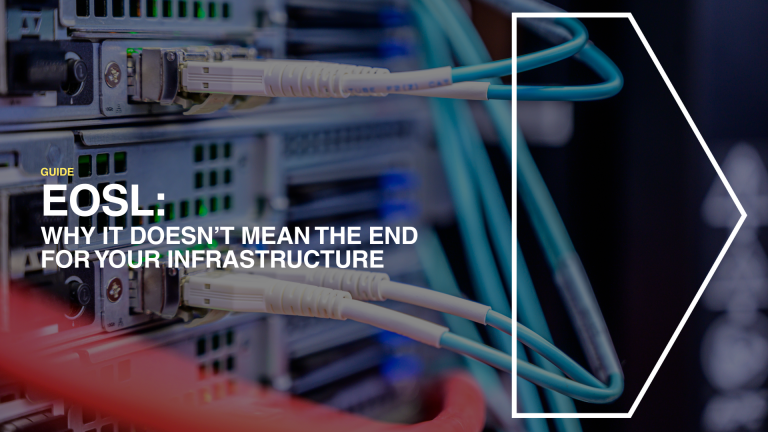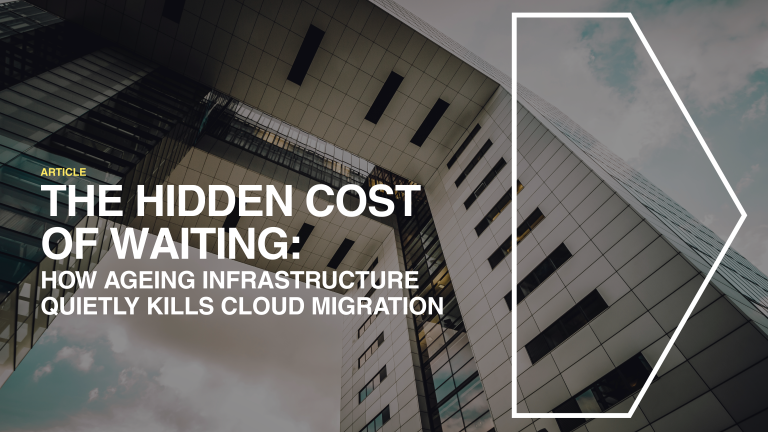Why Exiting Your DC Is Riskier Than It Seems
With falling cloud costs, the advent of cloud-native and rising OEM hardware costs, organisations are planning to exit on-premise environments in favour of cloud or hybrid models. But a poorly managed exit can lead to spiralling costs, data risk, compliance gaps, and worst of all, delayed digital transformation.
At RTK, we’ve empowered enterprise clients to navigate this complex transition. Based on our experience, here are the 5 most common and costly mistakes IT and infrastructure leaders make, and how advise our clients to avoid them.
Mistake 1: Treating Decommissioning as an Afterthought
Too often, data centre decommissioning is seen as a final checklist item after workloads are migrated. This reactive approach can:
- Overrun timelines
- Inflate costs (especially if OEM support expires mid-project)
- Lead to poor asset tracking and resale losses
What to do instead:
Plan decommissioning as a parallel track from day one. With RTK’s EOSL & Capacity planning, we map hardware exit timelines to match your migration cadence, avoiding downtime and maximising value from legacy kit.
Mistake 2: Overpaying for OEM Support While You Exit
Many organisations continue paying full-rate OEM support for hardware that’s already being phased out. This is unnecessary and avoidable.
What to do instead:
Switch to Enterprise Third-Party Maintenance (TPM) for end-of-life assets. RTK’s TPM and Multivendor Support services reduce support costs dramatically while maintaining SLA performance during exit phases.
Mistake 3: Failing to Securely Erase Data on Legacy Hardware
Data security is often overlooked in the rush to clear racks. Incomplete or uncertified erasure risks:
- Non-compliance with GDPR, HIPAA or ISO 27001
- Residual data being recovered from reused/resold devices
- Legal or reputational fallout
What to do instead:
Use a trusted ITAD partner. RTK’s ITAD for Data Centres service includes:
- Secure transport and physical shredding if required or on request
- Certified data destruction (on-site or off-site) with full documentation
- Chain-of-custody documentation
This approach ensures data is destroyed, documented, and defensible, removing critical compliance risks.
Mistake 4: Skipping ESG & Carbon Reporting Opportunities
Decommissioning is a powerful moment to capture ESG wins, yet most companies fail to track:
- Waste reduction from hardware reuse
- Emissions avoided through resale or recycling
- Circular economy contribution
- E-waste avoidance
What to do instead:
With RTK’s Sustainability and CO₂ Profiling modules, we:
- Measure carbon emissions associated with legacy assets
- Track downstream impact of resale and recycling
- Package the data for internal or public ESG reporting
This turns your exit strategy into a sustainability story, not a sunk cost.
Mistake 5: Not Recovering Residual Value from Old Hardware
Legacy infrastructure often still holds value, especially in secondary markets. Without structured recovery, those assets may be:
- Left in storage
- E-wasted unnecessarily
- Sold below market rates via unvetted brokers
What to do instead:
RTK facilitates asset resale as part of a managed decommissioning process. We:
- Identify remarketable components
- Handle resale securely and ethically
- Help reinvest that value into future infrastructure or cloud credits
- Setup resale channels directly to your organisation’s employees
Think of it as decommissioning with an ROI that demonstrably affects your IT budget.
Conclusion: Exit Smarter, Not Just Faster
A successful data centre exit isn’t just about shutting down racks, it’s about:
- Optimising final asset value
- Protecting critical enterprise data
- Meeting and exceeding ESG mandates
- Reinvesting returns directly back into your IT budget
RTK’s modular DC Optimisation solution gives you the tools and guidance to do all of this, without overspending or compromising compliance.
Ready to Exit Your DC on Your Terms?
Book a call with a DC Optimisation Specialist to discuss your roadmap.



